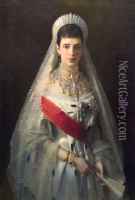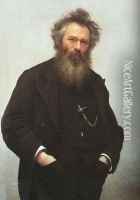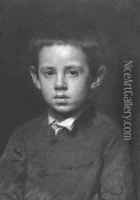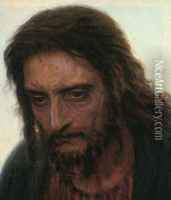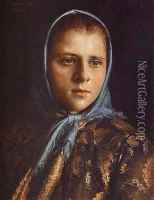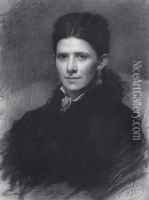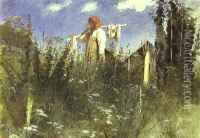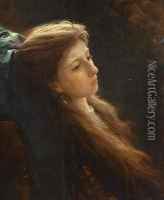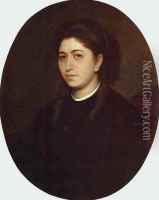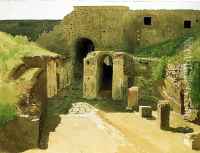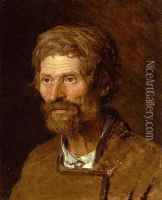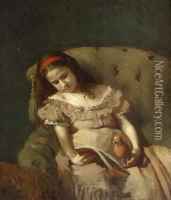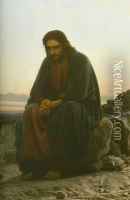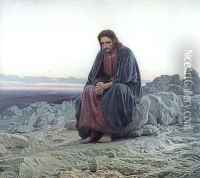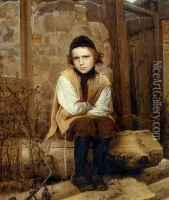Ivan Nikolaevich Kramskoy Paintings
Ivan Nikolaevich Kramskoy was a Russian painter and art critic born on May 27 (O.S. May 15), 1837, in Ostrogozhsk in the Russian Empire. He is recognized as one of the foremost figures in 19th-century Russian art and a leader of the realist movement. Kramskoy came from a modest background and initially studied at the School of Painting, Sculpture, and Architecture in Saint Petersburg, where he would later become a professor.
Kramskoy gained prominence as an intellectual force among his peers. He was a vocal advocate for artists' rights and artistic independence, which led to his involvement in the 'Revolt of the Fourteen' in 1863, where a group of students protested against the rigid academic restrictions of the Imperial Academy of Arts in Saint Petersburg. This rebellion resulted in the formation of the Artel of Artists, an independent cooperative which eventually led to the establishment of the Society for Traveling Art Exhibitions (Peredvizhniki), a pivotal movement that sought to engage a wider audience with Russian realist art.
Throughout his career, Kramskoy worked on a wide range of subjects. He was particularly known for his portraits, which captured the intellectual and moral character of his subjects with profound psychological depth. Among his most famous works are the portraits of writer Leo Tolstoy and the mysterious 'Unknown Woman,' which have been praised for their expressive realism.
Kramskoy was also a talented art critic and theorist, contributing to the dialogue on art in Russia through his writings and essays. He argued for the moral duty of the artist to reflect the truths of society and was a proponent of accessible art that spoke to the experiences and concerns of everyday people.
Ivan Kramskoy's influence extended beyond his own work to the broader development of Russian art in the late 19th century. His commitment to social realism and the portrayal of the human condition resonated with many artists of his time and continued to inspire future generations. Kramskoy passed away in Saint Petersburg on April 6 (O.S. March 24), 1887, but his legacy lives on through his contributions to Russian art and culture.
